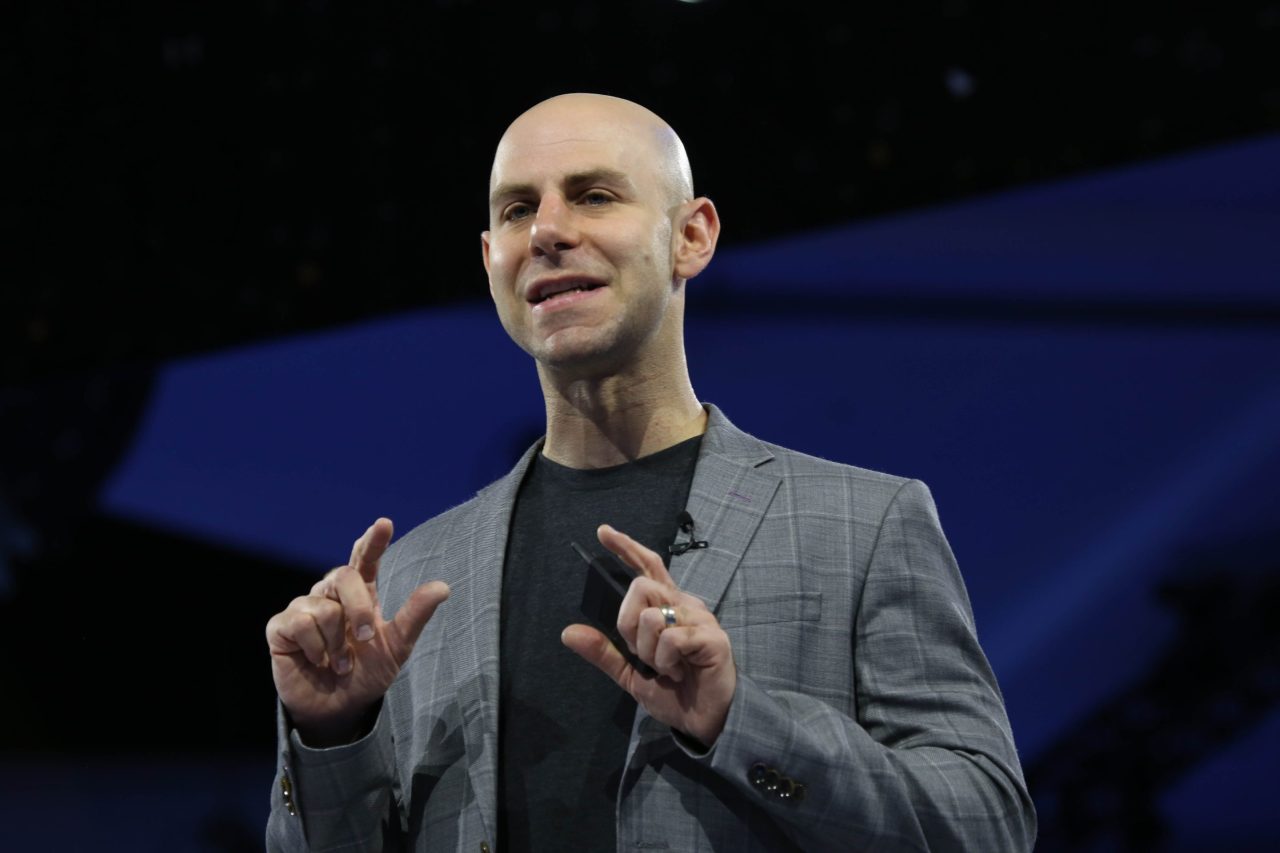The workplace dynamic is shifting in 2025, and not entirely for the better. Companies across industries are reporting an increase in workplace misconduct, ranging from unprofessional behavior to outright toxic office culture. As organizations navigate hybrid work models, economic pressures, and generational shifts, leaders are facing new challenges in maintaining professionalism and fostering a healthy work environment.
The Rise in Workplace Misconduct
Several factors are contributing to the rise in workplace behavioral issues:
- Remote Work Burnout & Resentment: Employees forced back into offices after enjoying flexible work arrangements may exhibit disengagement, resistance, or passive-aggressive behaviors.
- Economic Stress & Job Insecurity: Rising inflation and economic uncertainty have left many workers feeling overworked and undervalued, leading to frustration and outbursts.
- Generational Differences & Communication Gaps: With Gen Z entering the workforce in large numbers, differences in communication styles and workplace expectations have led to misunderstandings and clashes.
- Decline in Soft Skills Post-Pandemic: Many employees, especially those who started careers remotely, may struggle with in-person professionalism, etiquette, and conflict resolution.
- Weakened Workplace Boundaries: Blurred lines between personal and professional interactions, exacerbated by social media and digital communication, have led to increased workplace drama and unfiltered conversations.
- AI and Automation Anxiety: Fear of job displacement due to technological advancements has created stress, resentment, and disengagement among employees.
How Leaders Can Handle the New Unruly Office
Addressing this uptick in workplace misconduct requires proactive leadership strategies that balance firm policies with an empathetic approach.
1. Set Clear Behavioral Expectations
Many companies assume employees understand professional norms, but evolving work dynamics require explicit guidance. Leaders should:
- Clearly define acceptable workplace behaviors in employee handbooks and policies.
- Reinforce expectations through regular town halls and leadership communications.
- Lead by example—employees mirror leadership behavior.
- Regularly update workplace policies to reflect new social and professional norms.
2. Strengthen Conflict Resolution Training
Workplace disputes are inevitable, but unresolved conflicts can escalate. Employers should:
- Provide conflict resolution and emotional intelligence training.
- Encourage open, solution-oriented conversations between employees.
- Implement structured mediation processes for escalating conflicts.
- Establish peer-mentorship programs to help employees navigate workplace interactions.
3. Address Workplace Toxicity Head-On
Ignoring toxic behavior allows it to spread. Leaders must:
- Actively address complaints and investigate workplace conflicts.
- Establish zero-tolerance policies for harassment and discrimination.
- Hold all employees accountable, regardless of seniority.
- Implement anonymous reporting mechanisms to ensure all voices are heard.
4. Foster Psychological Safety
Employees should feel comfortable voicing concerns without fear of retaliation. To promote a culture of respect:
- Encourage anonymous feedback mechanisms.
- Train managers to handle sensitive workplace issues with discretion and fairness.
- Recognize and reward positive workplace behavior.
- Conduct regular team-building activities to strengthen workplace relationships.
5. Reassess Hybrid & Remote Work Policies
Companies enforcing rigid return-to-office mandates may be contributing to workplace dissatisfaction. Leaders should:
- Evaluate productivity and engagement metrics rather than enforcing blanket policies.
- Offer flexibility where possible to retain top talent and boost morale.
- Create structured hybrid work models that prioritize collaboration without forcing unnecessary in-office time.
- Use technology to enhance collaboration between in-office and remote employees.
6. Prioritize Employee Well-being
Workplace behavior often reflects broader employee well-being. Leaders can:
- Provide mental health resources and stress management programs.
- Encourage work-life balance by discouraging excessive overtime.
- Check in with employees regularly to gauge morale and engagement.
- Offer professional development programs to help employees feel valued and motivated.
7. Encourage Cross-Generational Understanding
Bridging generational gaps can improve workplace culture. Companies should:
- Promote mentorship programs where older employees can share experience and younger employees can bring fresh perspectives.
- Foster an environment that values diverse communication styles and work preferences.
- Train managers to recognize generational biases and encourage inclusive leadership.
8. Strengthen Cybersecurity and Digital Etiquette
With the rise of remote work, digital professionalism is just as crucial as in-person behavior. Leaders should:
- Implement strict cybersecurity policies to prevent digital misconduct.
- Educate employees on email etiquette, virtual meeting professionalism, and responsible social media use.
- Establish clear consequences for online harassment or inappropriate digital interactions.
The Bottom Line
Bad workplace behavior in 2025 is a symptom of deeper organizational and societal changes. Instead of reacting to issues as they arise, leaders must adopt proactive strategies to foster professionalism, accountability, and workplace harmony. By setting clear expectations, improving communication, and addressing workplace toxicity, companies can create a culture where employees feel respected, valued, and motivated to contribute positively.
The future of work will continue to evolve, and organizations that adapt swiftly to these behavioral challenges will be better positioned for long-term success. With the right strategies in place, businesses can transform workplace culture from unruly to unified, ensuring that professionalism and collaboration thrive in 2025 and beyond.




